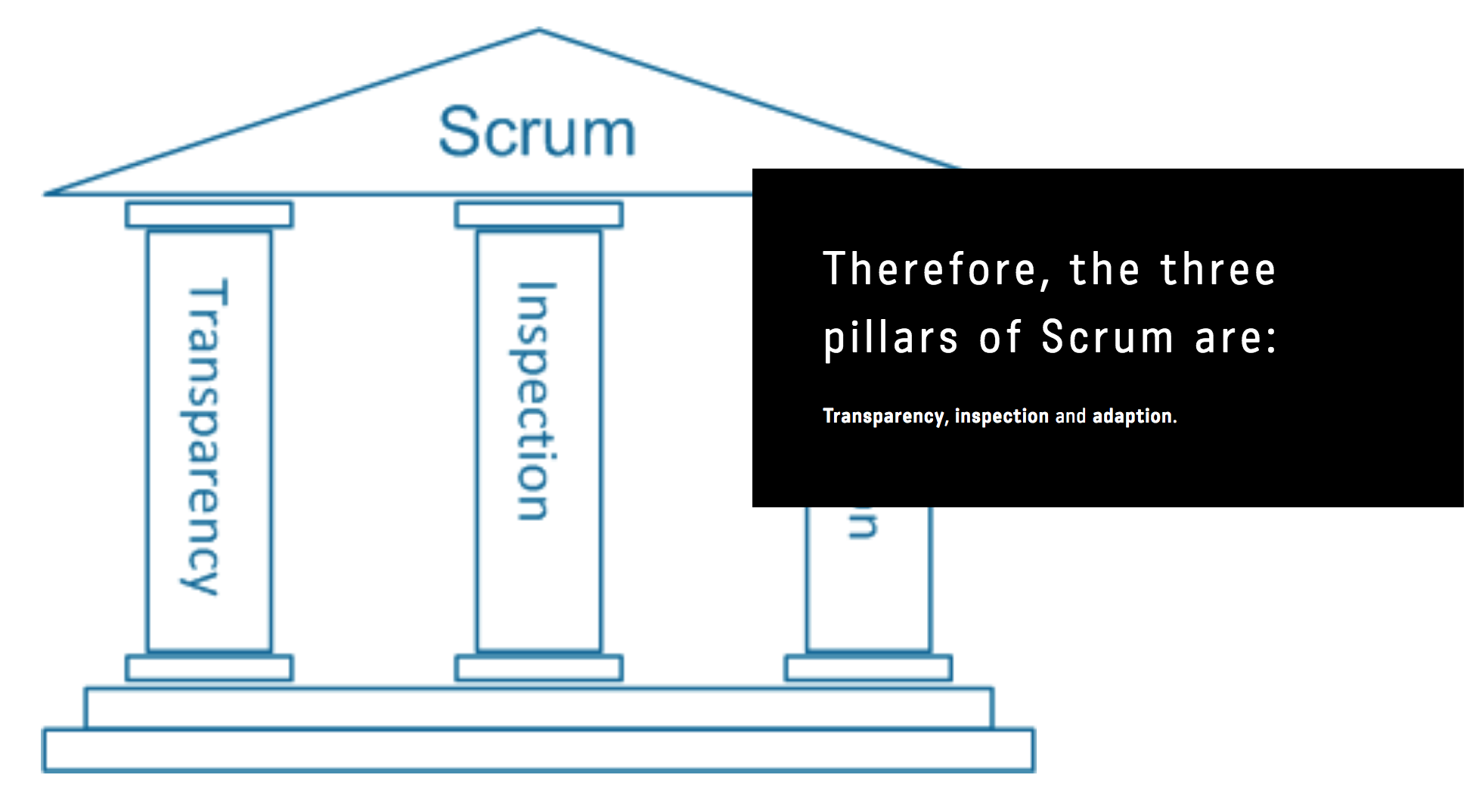It’s the subject matter everyone is talking about today.. it is the one framework every public company is currently trying to implement. So automatically some questions instantly arise- what is it? Who runs it? And why should I know about it?
In short -Scrum is a framework within which people can address complex adaptive problems, while productively and creatively maximising the value of the products being created.
Scrum is one of the most popular frameworks for implementing agile. Scrum is lightweight simple, but difficult to master.
It is the opposite of a big collection of interwoven mandatory components. Scrum is not a methodology. Scrum implements the scientific method of empiricism. Scrum replaces a programmed algorithmic approach with a heuristic one, with respect for people and self-organisation to deal with unpredictability and solving complex problems.
As mentioned previously, Scrum is based on the empirical process control. Knowledge comes from experience; decisions are made based on what is know.

WHY IS IT SPECIAL?
With scrum, the product is built in a series of fixed-length iterations called sprints. At the end of a sprint–come frequently, bringing with them a feeling of tangible progress with each cycle that focuses and energises everyone. Short iterations also reinforce the importance of good estimation and fast feedback from tests–both recurring struggles in waterfall projects.
The below graphic represents Scrum in Action as described by Ken Schwaber and Jeff Sutherland in their book Software in 30 Days taking us from planning through software delivery.
Scrum calls for four ceremonies that bring structure to each sprint:
Sprint planning: A team planning meeting that determines what to complete in the coming sprint.
Daily Scrums: Also known as a daily scrum, a 15-minute mini-meeting for the software team to sync and discuss potential impediments in the programme etc.
Sprint Review: A sharing meeting where the team shows what they’ve shipped in that sprint.
Sprint Retrospective: A review of what did and didn’t go well with actions to make the next sprint better.
Scrum done well–which is to say, not “waterfall with stand-ups”–can be a massive catalyst for improving team productivity and morale, and the product development process as a whole.
Next Tim will discuss implementing agile and lean fundamentals such as scrum and then I will further discuss setting up the team and how scrum team members work together using common agile ceremonies.
